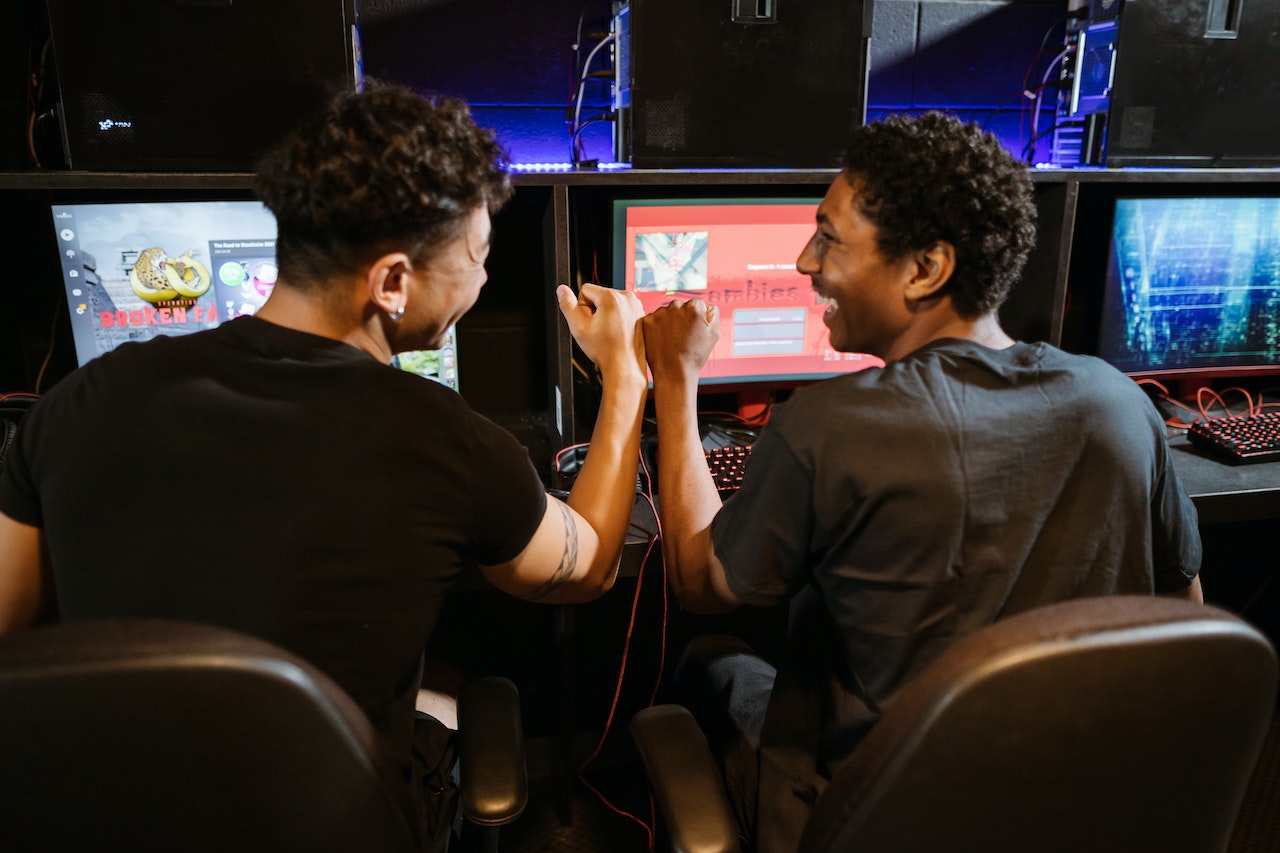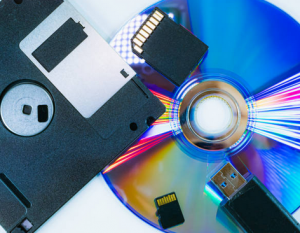Did you know that one-third of people worldwide who use the Internet are under 18? A recent study shows that children have been using the Internet at younger and younger ages. Many parents have dedicated their phones to their young children to keep them occupied while you feed them, move them around, run various errands, and do homework. According to Nji, children can now access the Internet using their cell phones or computer. WiFiWijs can help many parents since it is a site that provides information about the use of gadgets, the actions and responses of other users on the Internet, and how your children can deal with it.
There is a massive benefit to using the World Wide Web, but there is a growing concern about “digital addiction” and “screen addiction” for kids. Children are more susceptible to being influenced by people on the Internet, and they are exposed to many risks of which they are unaware. As a parent, it is critical to understand these dangers, decide if your child is involved in any inaccurate actions on the Internet, and then take steps to help them. Here are some ways to help your child use the Internet accurately:
Stay Updated With Technology
When using a particular technology, try to understand the principles of how it works. This way, it can allow you to track its use, understand the potential risks, and plan your strategies on how you can teach them to use it properly.
Learn How Social Media Works

Teach your children about the influence social media has on them by learning how it works for yourself. It might help your children develop media literacy by addressing the suggestions and concepts they see in their favorite books, programs, and movies. Help them understand that this is not precisely what they see in the media. With older children, in-depth conversations are needed about the pros and cons of sharing political opinions in social media, the immorality of sharing someone else’s art without their consent, and other issues related to the ethics of using the Internet.
Monitor Their Internet Use
 Observe how your child uses the Internet. This step includes ensuring they don’t share personal information with strangers, that they don’t use profanity language, and you are aware of the photos, videos, and posts they upload. For your kids, you can install apps that you can download using VPN that block inappropriate or dangerous sites but allow them to investigate anything they need to.
Observe how your child uses the Internet. This step includes ensuring they don’t share personal information with strangers, that they don’t use profanity language, and you are aware of the photos, videos, and posts they upload. For your kids, you can install apps that you can download using VPN that block inappropriate or dangerous sites but allow them to investigate anything they need to.
Define the Risks
No matter what age your child is struggling with online, it is essential to understand the risks. Let your children know that you are always there to encourage and help them.
Set Ground Rules
This step includes scheduling breaks when you don’t want to use the network, adhering to the minimum age limit in social media, and frequently communicating about Internet use.



 From adding new levels and characters to improving graphics and gameplay mechanics, game modding has become a vibrant subculture within the gaming community. Game mods let players and fans unleash their creativity and reshape the games they love into something even better. But beyond personal enjoyment, hacking in gaming can have far-reaching benefits. Take, for example, the popular game “Doom.”
From adding new levels and characters to improving graphics and gameplay mechanics, game modding has become a vibrant subculture within the gaming community. Game mods let players and fans unleash their creativity and reshape the games they love into something even better. But beyond personal enjoyment, hacking in gaming can have far-reaching benefits. Take, for example, the popular game “Doom.” Community building through hacking has become an integral part of modern gaming culture. It provides gamers with opportunities to connect with like-minded individuals who share their passion for game modification while fostering collaboration and innovation within the community itself. Through these interactions, friendships are formed, knowledge is exchanged, and new possibilities emerge for positive change within both virtual and real-world contexts. So, let us embrace hacking as a force for good – a tool that not only enhances our gaming experiences but also strengthens our connections with others who share our love for video games. Together, we can harness this power to shape a brighter future for both gamers and developers alike.
Community building through hacking has become an integral part of modern gaming culture. It provides gamers with opportunities to connect with like-minded individuals who share their passion for game modification while fostering collaboration and innovation within the community itself. Through these interactions, friendships are formed, knowledge is exchanged, and new possibilities emerge for positive change within both virtual and real-world contexts. So, let us embrace hacking as a force for good – a tool that not only enhances our gaming experiences but also strengthens our connections with others who share our love for video games. Together, we can harness this power to shape a brighter future for both gamers and developers alike.

 While anti-cheat technology is necessary to maintain a fair and enjoyable environment for online gaming, it is not always able to keep cheaters in check. Developers must continually evolve their technology to ensure that all players have an enjoyable experience. Until technology can permanently stay ahead of the cheaters, developers will continue to face the challenge of policing cheating within their games.
While anti-cheat technology is necessary to maintain a fair and enjoyable environment for online gaming, it is not always able to keep cheaters in check. Developers must continually evolve their technology to ensure that all players have an enjoyable experience. Until technology can permanently stay ahead of the cheaters, developers will continue to face the challenge of policing cheating within their games.
